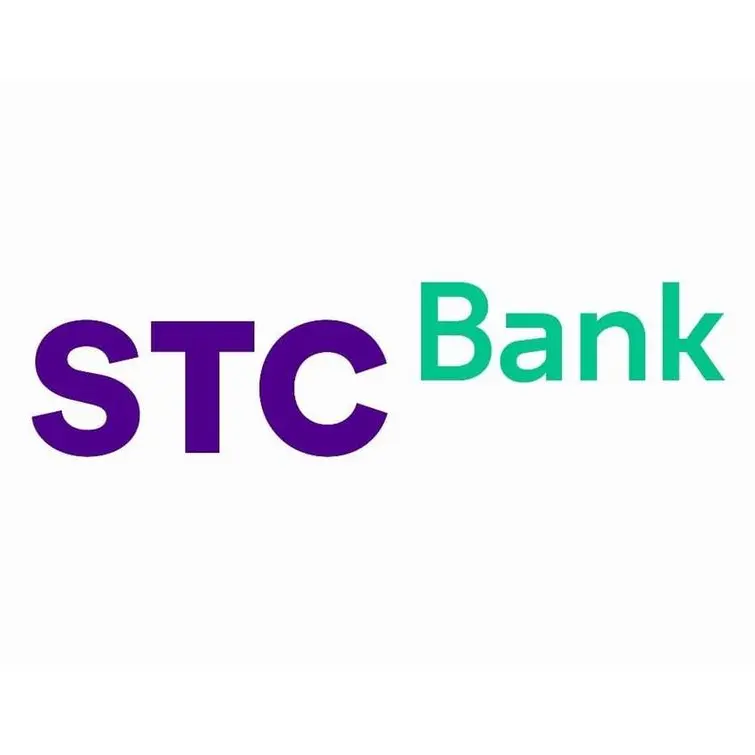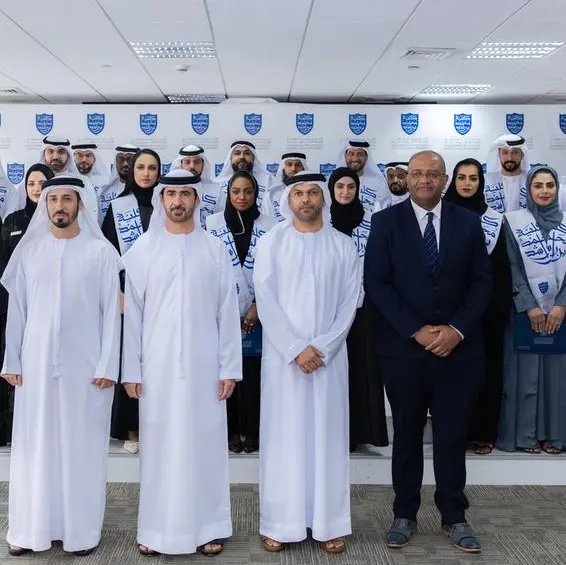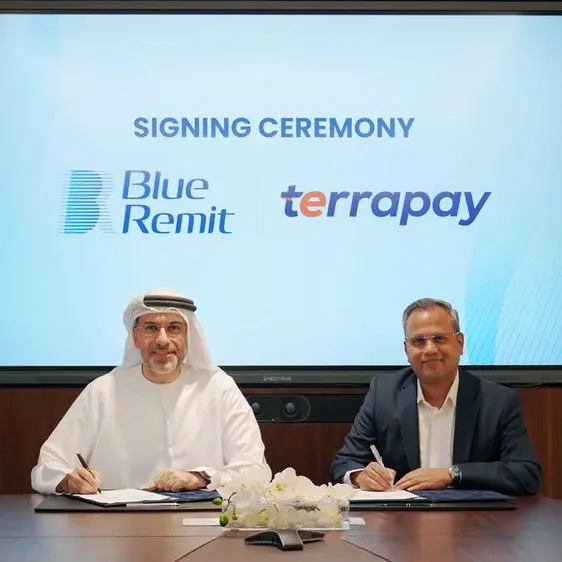A revolutionary tool in early diagnosis and treatment of osteoporosis
Precise bone density measurement; high quality images
Middle East & Africa population vulnerable to 'silent crippler'
Riyadh, Saudi Arabia, October 7, 2006: Medical technologies and services major GE Healthcare installed for the first time in the Middle East and Africa(ME&A) region its revolutionary osteoporosis diagnosis and treatment system, the Lunar iDXA, at the King Khalid University Hospital, Riyadh, in Saudi Arabia.
Unveiled globally late-2005, the Lunar iDXA is an advanced bone mineral density system specially designed to help clinicians detect, diagnose and monitor treatment of osteoporosis.
A chronic condition in which the density and quality of bone are reduced, leading to weakness of the skeleton and increased risk of fracture, osteoporosis is widely prevalent in the Middle East and Africa region according to studies by the International Osteoporosis Foundation, a non-profit organization that works to increase awareness and understanding of osteoporosis.
Described as a 'silent crippler' because a patient doesn't know about it until it is too late, osteoporosis can be managed if diagnosed early. "GE Healthcare's Lunar iDXA provides excellent image quality and precise bone density measurements to help early diagnosis of osteoporosis," said Wilson Hanna, Regional Sales Director Middle East & Africa of GE Healthcare's LUNAR business.
According to Dr. David Ergun, chief scientist and director global technology for GE Healthcare's Lunar business, the system can also determine regional body fat composition, which is an important indicator of risk for diabetes and cardiovascular disease.
"GE Lunar has been part of our hospital's history ever since we procured the first DXA (DPX-L) in 1988 as well as the first Pixi, which is still up-and-running," said Mahmoud I. El-Desouki, Professor and Consultant, Nuclear Medicine, King Khalid University Hospital. "Recently we installed the iDXA to replace the Prodigy."
He added: "With the new high-definition digital detector of 64 elements, hi-speed scanning and quality imaging, we can now get images of superior standards. The main advantage of such superior technology is that fractures of the dorso-lumbar spine can now be easily detected. We have now stopped referring patients with osteoporosis and back pain for x-rays and instead rely on iDXA imaging."
The International Osteoporosis Foundation observes that "bone mineral density (BMD) measurements are effective in assessing fracture risk, confirming a diagnosis of osteoporosis and monitoring the effect of treatment. But a major concern is that access to measuring equipment and qualified technical personnel remain inadequate in a many countries." GE Healthcare's Lunar iDXA, specifically, addresses this issue.
The iDXA system is built on the foundation of Lunar Prodigy, a proven method for precise bone density testing, regarded as the gold standard for assisting clinicians in the detection of osteoporosis. Apart from precise bone densitometry and body composition assessment, the iDXA provides excellent image detail and resolution. This helps reveal vertebral deformities unobserved before.
At the heart of the iDXA is the revolutionary 6-point calibration technique and CZT-HD detector. These help clinicians to adjust for the full range of bone mineral density (BMD) and fat/lean values.
"In many cases, osteoporosis can be successfully treated if clinicians can detect and intervene early," said Jennie Hanson, president of GE Healthcare's Lunar business. "Osteoporosis treatment takes time, and better feedback on progress can give patients the incentive to stay the course."
GE is the industry leader in bone assessment technologies and has steadily grown its Lunar product line by continuing to provide the industry's most advanced technologies and services.
-Ends-
Notes for Editors
About GE Healthcare
GE Healthcare provides transformational medical technologies and services that are shaping a new age of patient care. Our expertise in medical imaging and information technologies, medical diagnostics, patient monitoring systems, performance improvement, drug discovery, and biopharmaceutical manufacturing technologies is helping clinicians around the world re-imagine new ways to predict, diagnose, inform and treat disease, so their patients can live their lives to the fullest.
GE Healthcare's broad range of products and services enable healthcare providers to better diagnose and treat cancer, heart disease, neurological diseases, and other conditions earlier. Our vision for the future is to enable a new "early health" model of care focused on earlier diagnosis, pre-symptomatic disease detection and disease prevention.
Headquartered in the United Kingdom, GE Healthcare is a $15 billion unit of General Electric Company (NYSE: GE). Worldwide, GE Healthcare employs more than 43,000 people committed to serving healthcare professionals and their patients in more than 100 countries. For more information about GE Healthcare, visit our website at www.gehealthcare.com.
For further information, please contact:
Rania Rostom
Communications Manager
GE Middle East & Africa
Tel: (+971 4) 313 1807
Fax: (+971 4) 313 1907
Email: rania.rostom@ge.com
Kelly Home / Nivine William
ASDA'A Public Relations
Exclusive Affiliate of Edelman PR Worldwide
in Middle East and North Africa
Tel: (+971 4) 335 5969
Email:k.home@asdaa.com /n.william@asdaa.com
© Press Release 2006



















